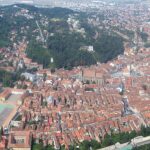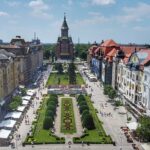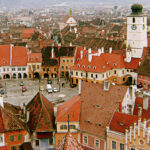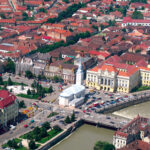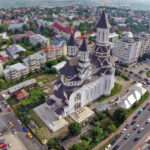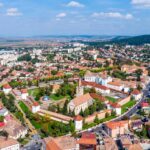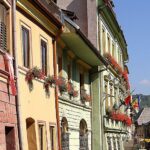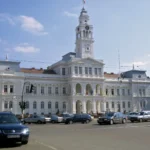Bucharest
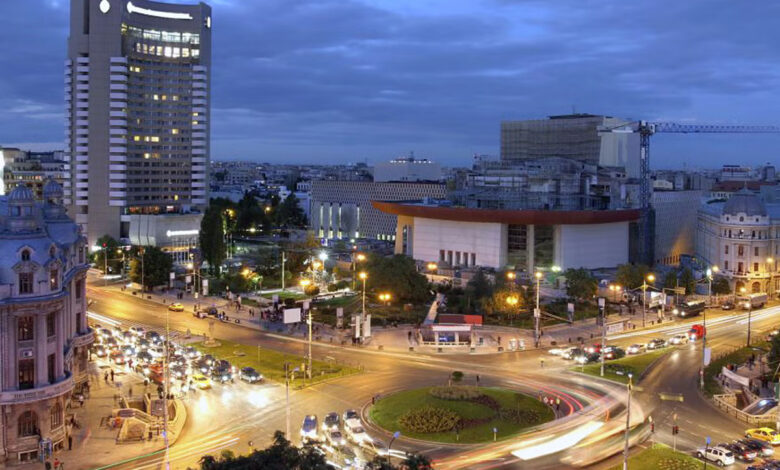
Bucharest is the capital and largest city of Romania. It is a major economic and cultural center in the country, with a diverse and growing economy. The city is also a popular tourist destination, known for its elegant architecture, rich history, and vibrant nightlife.
This town is the most economically developed city in Romania, producing around 21% of the country’s GDP and about one-quarter of its industrial production. The city is home to a wide range of industries, including IT, finance, manufacturing, and tourism. Bucharest is also a major transportation hub, with an international airport, railway station, and river port.
Bucharest is a cultural center of Romania, with a wide range of museums, theaters, and other cultural attractions. The city is also home to a number of universities and research institutes. Bucharest is known for its vibrant nightlife, with a wide range of bars, clubs, and restaurants.
It is a popular tourist destination, known for its elegant architecture, rich history, and vibrant nightlife. The city’s main attractions include the Palace of the Parliament, the Romanian Athenaeum, the Old Town, and the Lipscani shopping district. Bucharest is also home to a number of parks and gardens, including Cișmigiu Garden and Herăstrău Park.
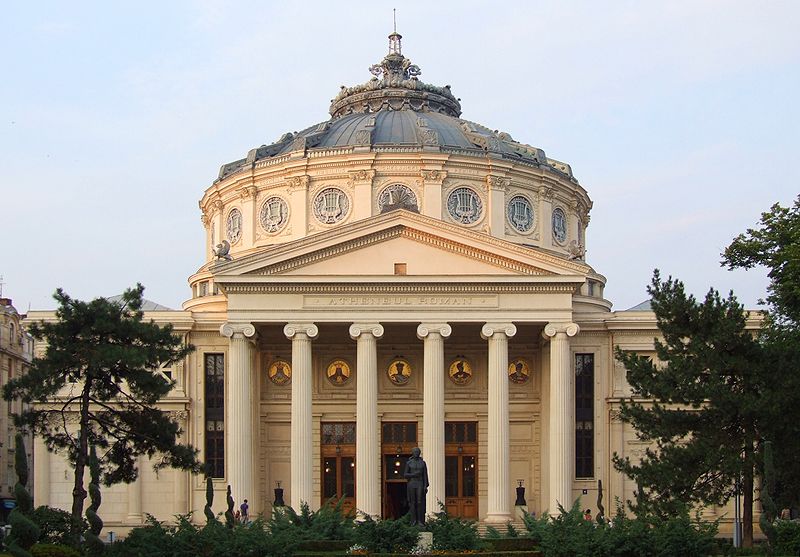
Etymology
Bucharest, the vibrant capital of Romania, derives its name from an intricate tapestry of linguistic roots. One prevailing theory links it to the Romanian word “bucurie,” translating to “joy” or “happiness.” According to local lore, the city might have been named after a shepherd named Bucur, known for his jovial spirit. This etymological ambiguity adds an air of mystique to Bucharest’s nomenclature, inviting exploration into the cultural and linguistic nuances that have shaped the city’s identity.
Digging deeper, linguistic historians analyze the evolution of the name over centuries, considering influences from Latin, Slavic, and Ottoman Turkish languages. This process unravels the layers of Bucharest’s past, highlighting the linguistic crossroads that define its unique character. The etymology of Bucharest, therefore, serves as a linguistic gateway to understanding the city’s rich historical and cultural heritage.
History
Bucharest’s history unfolds like a captivating novel, each chapter revealing the city’s resilience and adaptation to the winds of change. Founded as a fortress in the 15th century, Bucharest emerged as a significant center during the rule of Vlad the Impaler. The city’s destiny intertwined with Wallachia, eventually becoming its capital in 1659. Ottoman dominance left an indelible mark on Bucharest, influencing its architecture, customs, and trade.
The 20th century ushered in transformative events, from the establishment of Greater Romania in 1918 to the tumultuous World War II period and the subsequent Communist regime under Nicolae Ceaușescu. The scars of the Communist era are etched in the urban landscape, notably with the construction of the imposing Palace of the Parliament. The 1989 Revolution marked a turning point, leading Bucharest into a new era of democracy, freedom, and renewed cultural expression.
Geography
Nestled in the southern part of Romania, Bucharest’s geographical setting has been a catalyst for its growth and strategic importance. The Dâmbovița River meanders through the city, shaping its landscape and providing a natural focal point. The surrounding plains of Wallachia offer a canvas for urban development, while parks and green spaces provide a respite from the bustling city life.
The city’s geographical location, at the crossroads of trade routes and cultural influences, has contributed to its cosmopolitan character. Bucharest’s position within the Carpathian Basin has historically made it a melting pot of cultures, fostering a rich and diverse social fabric.
Government
Bucharest, as the capital of Romania, serves as the political nucleus of the nation. The city operates under a municipal government, with a mayor at its helm overseeing various administrative sectors. The Palace of the Parliament, a symbolic seat of power, stands as a testament to the city’s political significance. The local government is tasked with urban planning, public services, and infrastructure development, all crucial to maintaining the city’s status as a thriving metropolis.
Demographics
Bucharest’s demographic landscape reflects a harmonious blend of ethnicities and cultures. While Romanians form the majority, the city is home to significant Hungarian, Romani, and German communities. This diversity is a testament to Bucharest’s historical openness to various influences and migrations. The demographics of the city continue to evolve, shaping its identity as a cosmopolitan hub where different cultures converge.
Stay tuned for the continuation, where we will delve into the topics of economy, transport, culture, architecture, education, media, healthcare, and sports in the city of Bucharest.
Education
Bucharest is a center for education and research, hosting several universities and academic institutions. The University of Bucharest, founded in 1864, is a prestigious institution that has played a pivotal role in shaping the country’s intellectual landscape. The city’s commitment to education is evident in its numerous schools, libraries, and cultural centers.
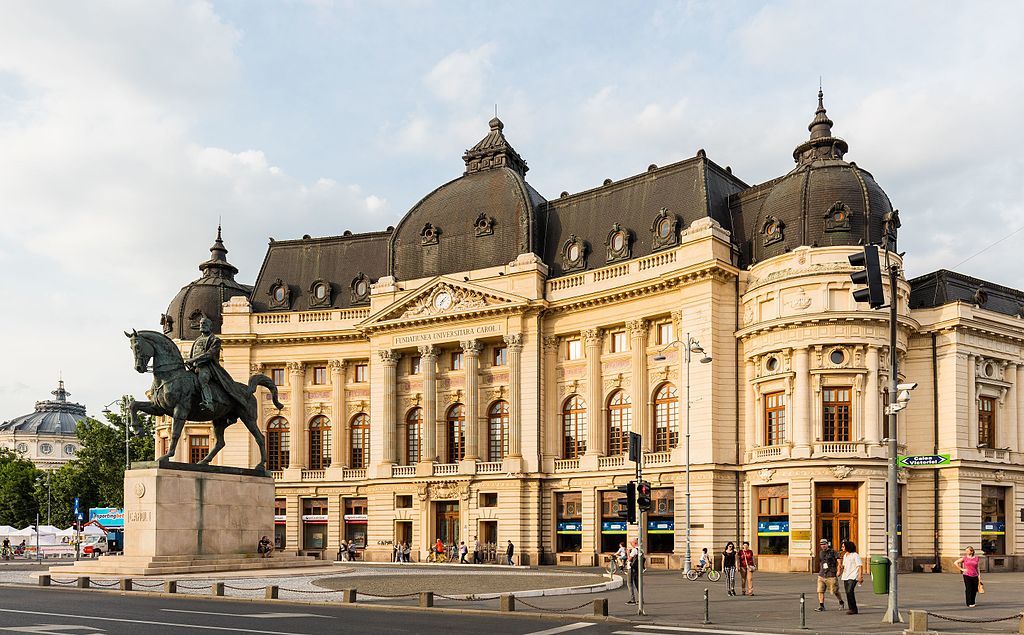
Economy
Bucharest stands as the economic engine of Romania, boasting a dynamic and diverse economy. The city is a hub for finance, technology, and commerce. As the headquarters for numerous multinational corporations and home to a burgeoning startup scene, Bucharest plays a pivotal role in the country’s economic landscape.
Transport
Bucharest’s transportation network is well-developed, comprising an extensive metro system, buses, trams, and trolleybuses. The Henri Coandă International Airport connects the city to global destinations. Additionally, Bucharest is a crucial crossroad for road and rail networks, facilitating both domestic and international travel.
Culture
The cultural vibrancy of Bucharest is palpable in its theaters, museums, and vibrant street life. The city hosts a myriad of cultural events, from film festivals to classical music concerts. Bucharest’s Old Town, with its cobbled streets and historic buildings, is a testament to the city’s rich cultural heritage.
Media
Bucharest’s media landscape is diverse, with numerous newspapers, television stations, and online platforms providing news and entertainment. The city’s media outlets contribute to the democratic discourse and the exchange of ideas, reflecting the city’s commitment to freedom of the press.
Healthcare
Bucharest’s healthcare system is well-developed, with modern hospitals and medical facilities catering to the needs of its residents. The city is home to specialized medical institutions, research centers, and a network of clinics providing comprehensive healthcare services.
Sports
Sports hold a special place in Bucharest’s culture, with the city hosting various sporting events and being home to renowned football clubs. The National Arena, a modern stadium, serves as a venue for both domestic and international sporting competitions. The city’s parks and recreational areas also provide space for outdoor activities and sports enthusiasts.

